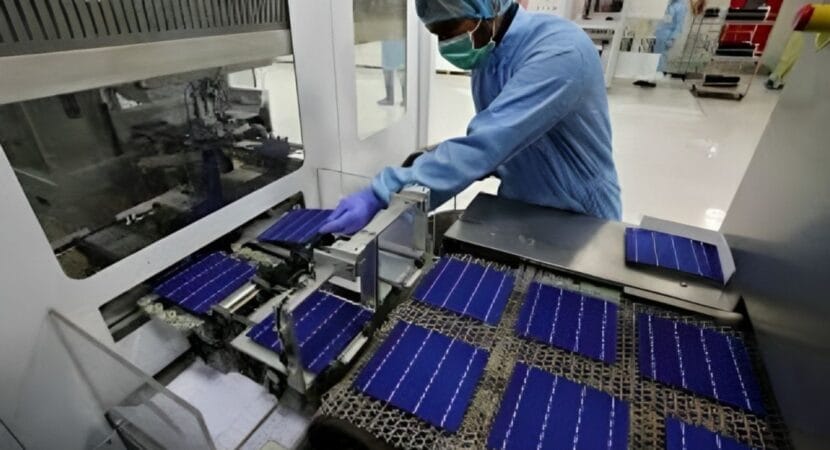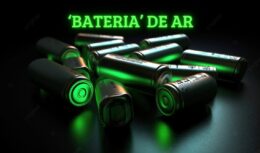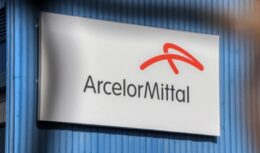
Solar panels are an effective and sustainable solution for generating energy, with significant potential to transform the way we consume energy resources in the world.
Solar panels, also known as photovoltaic panels, represent an innovative technology in generating electrical energy from sunlight. This method of converting light into electricity is known as effect photovoltaic.
Basic operation
Solar panels work by absorbing photons of light, which, when they reach the solar cell, release electrons, creating an electrical current. The intensity of the light directly influences the amount of electricity produced. Interestingly, if a solar cell is connected to a power source, it can emit infrared light, a phenomenon opposite to its usual functioning.
A basic solar cell is made up of a conductive metal plate, layers of silicon (semiconductor material), an anti-reflective coating and a metal grid. Each cell generates about 0,5 volts, but the current generated varies depending on the size of the cell. Cells are connected in series to form a solar module, increasing the total tension. Common residential solar modules have 60 or 72 cells, generating voltages suitable for systems connected to the electrical grid.
Types of solar cells
There are different types of solar cells, such as polycrystalline cells, which are common in hobby electronics and solar panels due to their lower cost and efficiency of about 13 to 17%. Monocrystalline cells, which are more efficient (15 to 19%), are more expensive but offer better performance. There are also thin film cells, which are flexible and less efficient, used in specific applications such as curved roofs or vehicles.
A generated energy through solar panels is direct current (DC), which can be used directly to power DC devices or stored in batteries for later use. For residential and commercial applications that require alternating current (AC), an inverter is used to convert power from DC to AC.
Installation and guidance: efficiency of a solar panel
The efficiency of a solar panel depends significantly on its orientation and tilt relative to the sun. Simulation tools like PVcase software can help optimize panel design and placement to maximize solar exposure. According to G1, there are also different formats of solar panels, and it is important to understand so as not to compromise the roof.
Solar panels represent a clean and renewable energy source, contributing significantly to the reduction of greenhouse gas emissions. With the advancement of technology and the reduction of costs, it is expected that solar energy play an increasingly important role in the global energy matrix.











